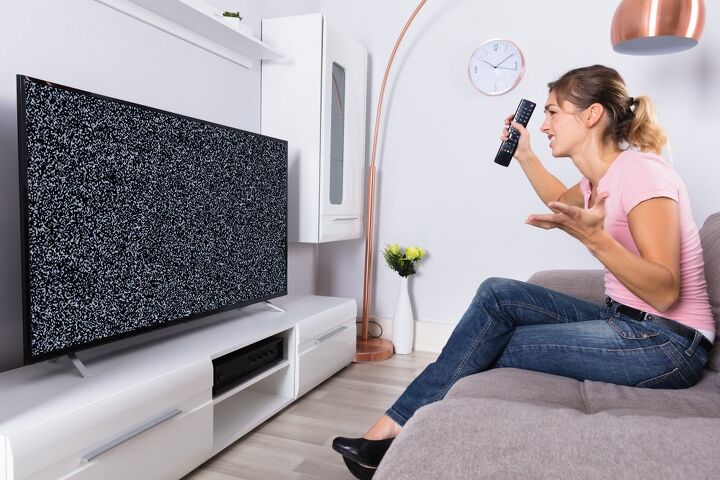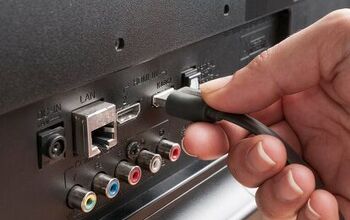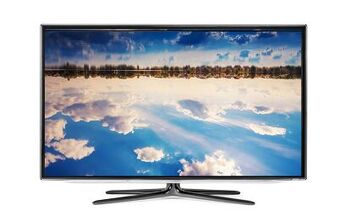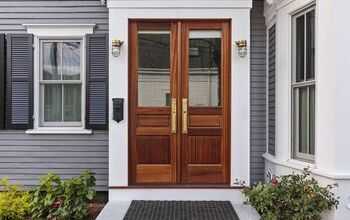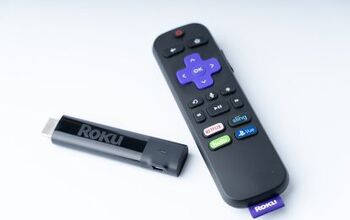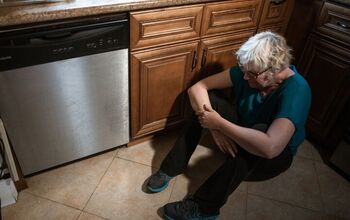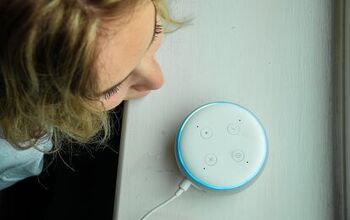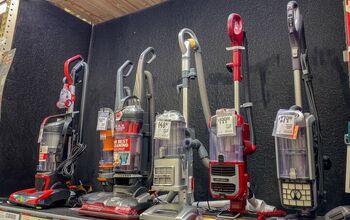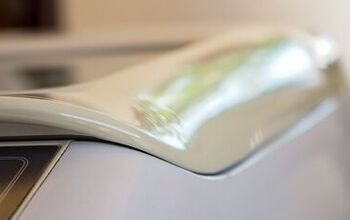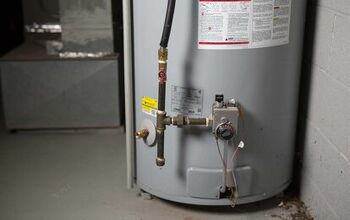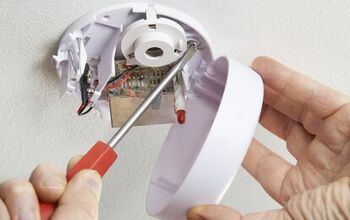Vizio TV Retrieving Data Then No Signal? (We Have a Fix!)

One of the trademarks that have enabled the success of Vizio and their televisions is an exceptional user experience. So, of course, when that whenever-we-want wherever-we-want right-now service is anything but, we panic. Don’t. In most cases, if a Vizio TV has connection or signal issues it isn’t an end of the world problem.
If a Vizio TV that is retrieving data returns a No Signal message the problem is with the cable service, the receiver (cable box/router), or with the TV settings. A quick equipment inspection and or a look at the device connections often fix these problems. When these fixes don’t work, however, a TV reset is typically required.
The good news, or at least the silver lining when it comes to fixing a Vizio TV, is that the procedures are the same regardless of the TV. And considering the array and different types, sizes, and television options Vizio offers, that’s a good thing.
Before beginning the process of figuring out why your TV went from displaying the retrieving data message to coming back with a no signal response, allow yourself some time. Although this isn’t a complex endeavor, it can take some time.
Do You Need Appliance Repair Services?
Get free, zero-commitment quotes from pro contractors near you.

The Vizio TV Retrieving Data then No Signal Problem
It is as bewildering as it is annoying, and it certainly is an inconvenience. On a typical day, most people simply grab the TV remote, and in an instant, they have cable TV service. Sometimes, though, on a slow day, some folks may encounter a delay in their cable service. They notice the TV searching for a signal, then the retrieving data signal, then — success.
What happens though, when the TV goes from retrieving data to — No Signal? Nothing, that’s what happens, until we get under the hood, so to speak. So let’s begin by taking a look at the players involved.
Inspect the Equipment
One of the primary culprits behind causing the TV to have problems locating or retrieving a signal is the actual hardware itself. That includes the receiver and the television. It is also worth noting here, before getting started, that those with new receivers (e.g. cable boxes or routers), may need to have additional steps taken to make them operational.
Routers may need to be set up using specific input channels, for example, while a receiver may need to be activated by the cable provider before using. If the problem isn’t related to a new device or piece of equipment, then it is time to take a closer look.
Checking the Receiver
When the TV reports an error or a searching message, such as ‘retrieving data,’ it indicates that there is some issue with communications. Determining where that issue lies is the goal and the key to fixing the problem.
If the television gives an error such as a no signal message, then first, check the display panel and or the indicator lights on the receiver. If the receiver is reading fine and isn’t indicating any issues transmitting then the problem is likely with the TV or the connections.
There are many different types of receivers, and it is a good idea to consult the user guide or manual to understand the receiver better. If the receiver is displaying or indicating a problem, then the source may be with the cable service provider.
Checking the Connections
Before calling the cable company and reading them the riot act, it might be wise to check our connections first. Cables and connections are arguably the most common issue for the vast majority of all TV and cable-related problems.
Have you recently installed new devices? Do you change the cable setup often for other device connections used with your TV? Check the cable connections to make sure they are secure. Then verify the cables are connected to the proper ports feeding into and out of the TV and receiver.
If the cable is older it may be a good idea to test them on another TV and to inspect them closely for any potential damage or problems. When the devices and equipment have been checked, and the connections and cables have been inspected, the problem will often be discovered and fixed.
Resetting the Television
What happens when the equipment, devices, cable, and connections aren’t the problem? The next step is to do a manual reset on the TV. If that doesn’t fix the problem, then it may be necessary to do a factory reset.
Once all the usual suspects have been eliminated, it leaves few other options to choose from. At this point, however, it appears to be a problem with the television configurations. A manual reset should typically fix this problem, and eliminate the needle-in-the-haystack problem of trying to determine which configuration is at fault.
Manual Factory Reset
Here is how to perform a manual factory reset:
Step 1: Turn off and unplug TV
The first step to perform a manual factory reset is to manually turn off the TV using the power button. Then, unplug the TV power cord from the outlet.
Step 2: Disconnect cable feed
Now, proceed to disconnect the cable feed from the receiver.
Step 3: Initiate reset process
To begin the reset process, simply press and hold the power button. Continue to hold the power button throughout the process.
Step 4: Power on TV
Wait 90 seconds before proceeding. Then, while still pressing the power button and proceed to plug the TV cord back in, and reconnect the cable. Now, turn the TV back on.
This should do a factory default reset and resolve most configuration issues. If this doesn’t resolve the problem, however, a hard factory reset may be needed.
Hard Factory Reset
Here is how to perform a manual factory reset:
Step 1: Access TV Menu
Begin by selecting the menu option on the TV remote.
Step 2: Navigate to reset options
Next, toggle to System (this may be a Help option in some program menus), and select. This will present a Reset/Admin menu option.
Step 3: Reset receiver
Select the Reset/Admin option, which will offer the Reset to Factory Settings selection and choose reset.
After selecting the Reset to Factory Settings option or following a manual factory reset, it will take the TV a few minutes to load and start up. Unfortunately, there will probably be several other settings that need to be put back or readjusted per user preference. The good news is, this should restore your television service and resolve the retrieving data no signal issue.
When these fixes don’t work then customers can contact the Vizio support and customer care team for more help. It may be helpful to have any product and warranty information on hand to help expedite and process the call and your service.
Do You Need Appliance Repair Services?
Get free, zero-commitment quotes from pro contractors near you.

Related Questions
Vizio TV owners enjoy many benefits that Vizio televisions offer. Like any device, piece of equipment, or machine though, things don’t always work right. Here are a few of the other more frequently asked questions regarding problems with our televisions and service.
Why Can’t My TV Find a Network Connection?If you are having a problem with your Vizio TV finding a network connection, it is best to start at the beginning, literally. That means asking, is this a new service or an existing service. As we spoke about earlier, for new services, it is important that the setup is done correctly and that any activation procedures for receivers, cable boxes, etc., have been completed before attempting to connect.
If this is an all-of-sudden problem, and you have had existing service, then the fix should be fairly simple. To restore network connections, turn off the TV and then unplug the TV power cord from the outlet. Next, reset the modem, then reset the router. Once the modem and router boot, restart the TV.
This should fix the issue and allow your TV to re-establish the network connection. For those using an Ethernet cable, plug the cable into the router or modem directly from the TV. If the network signal is restored, this indicates a potential problem or bad wireless network adapter.
The Other No Signal IssueIn addition to the TV having a no signal issue attempting to connect to cable services or a network, it can also display a no signal message when the screen input is having a problem. This is most commonly the fault of an HDMI cable or connection issue.
The easiest fix for this problem is to test the HDMI cable on another TV, if the problem persists on that television then it is a bad HDMI cable and needs to be replaced. If the television works using the same HDMI cable, then the problem may be in the TV settings.
These settings can be accessed through the TV remote. If the problem can’t be located in the picture and color settings then there may be an issue with the TV itself. That may mean taking the tv in for a repair, or a new replacement. Be advised that the cost for TV screen repairs can be considerable.
Remember, when the TV stops acting the way we expect, that we have become spoiled by these reliable and always-there electronic devices. So, take your time when you encounter a problem like getting a no signal message on your TV, and relax. A few simple steps will normally resolve the issue, and after all, no one or nothing is perfect.
Related Guides

We are a team of passionate homeowners, home improvement pros, and DIY enthusiasts who enjoy sharing home improvement, housekeeping, decorating, and more with other homeowners! Whether you're looking for a step-by-step guide on fixing an appliance or the cost of installing a fence, we've here to help.
More by Upgraded Home Team



